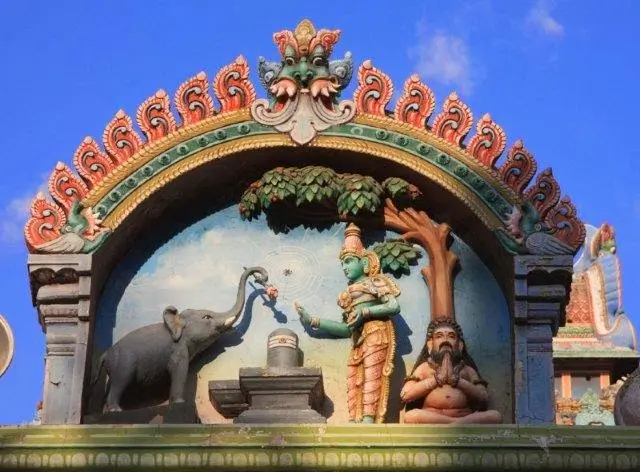Mahabalipuram or Mamallapuram is a historic city, a UNESCO World Heritage site that is well-preserved to date and speaks volumes of its glory and also an ancient port city within the Kānchipuram district of Tamil Nadu, India. During the reign of the Pallava dynasty, between the 3rd century CE and 7th century CE, famed for their excellent architecture and sculptures, Mahabalipuram has beautiful rock-cut monuments that pull architects, history enthusiasts, and travelers from all over the world. Mahabalipuram is famous for its vast beach, monoliths, stone carvings, and temples and was already a thriving seaport on the Bay of Bengal before this time. A significant amount of coins and other artifacts excavated from this region also indicate a pre-existing trade relation with the Romans even before it became a part of the Pallava Empire.
"Mahabalipuram is one of the oldest cities in India. Present-day, it's known for its great monuments, cave sanctuaries and sculptures. The ancient tradition of stone carving remains alive in Mahabalipuram. We can hear the rhythmic sounds of hammer and chisels even today. A monument complex at Mahabalipuram, referred to as the Group of Monuments, with all its rock art and relief sculptures, is a UNESCO world heritage site."
Early History of Mahabalipuram
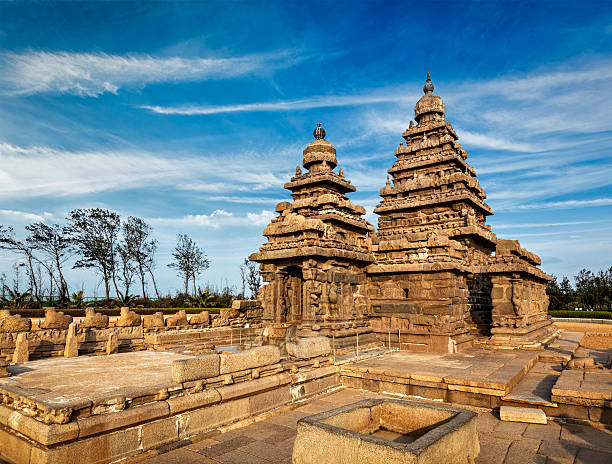 During the rule of Mahendravarman I (600 CE – 630 CE), Mahabalipuram began to flourish as a center of art & culture. He was a well-known poet, playwright, and orator and his patronage helped the creation of a number of the city’s most iconic landmarks. This era of artistic excellence was duly continued by his son Narasimhavarman I (630 CE – 680 CE) and subsequent Pallava kings.
During the rule of Mahendravarman I (600 CE – 630 CE), Mahabalipuram began to flourish as a center of art & culture. He was a well-known poet, playwright, and orator and his patronage helped the creation of a number of the city’s most iconic landmarks. This era of artistic excellence was duly continued by his son Narasimhavarman I (630 CE – 680 CE) and subsequent Pallava kings.
The town’s religious center was founded by a 7th-century-CE Hindu Pallava king — Narasimhavarman I, Being one of the best wrestlers and fighters in his realm, the King was also called ‘Mamallan‘ meaning Great Wrestler. Referring to his name ‘Mamallan’ the town was named Mamallapuram. Ancient Chinese, Persian, and Roman coins found at Mamallapuram point to its earlier existence as a seaport. It contains many surviving 7th- and 8th-century Pallava temples and monuments, chief of which are the sculptured rock relief popularly referred to as “Arjuna’s Penance,” or “Descent of the Ganges,” a series of sculptured cave temples, and a Shore temple (Shiva Temple) on the seashore. The town’s Pancha Rathas, or monolithic temples, are the remnants of seven temples, for which the town was referred to as Seven Pagodas. The entire assemblage collectively was designated as a UNESCO World Heritage site in 1984.
Sights To Visit In Mahabalipuram
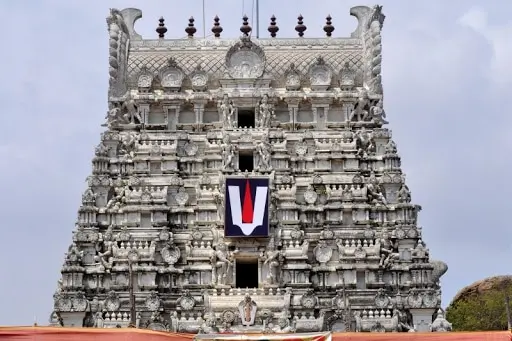
Shore Temple
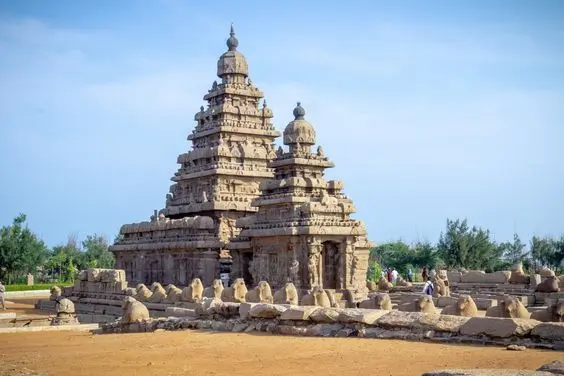
DESCENT OF THE GANGES
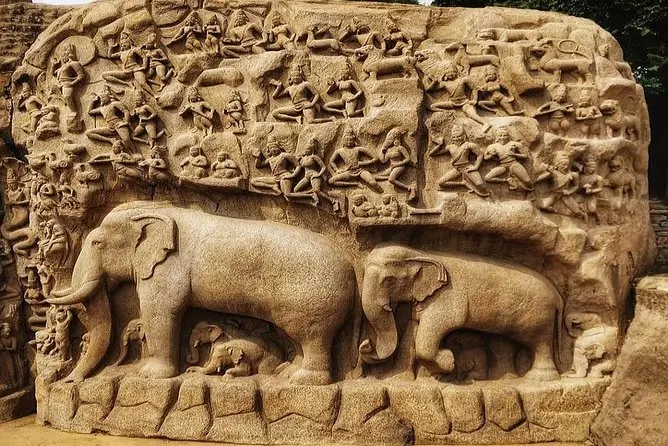
Krishna's butterball
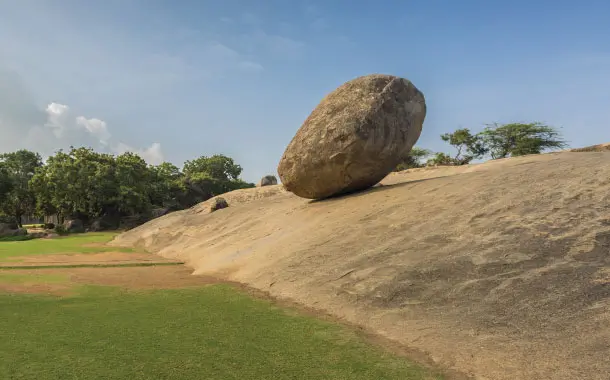
Trimurti cave Temple
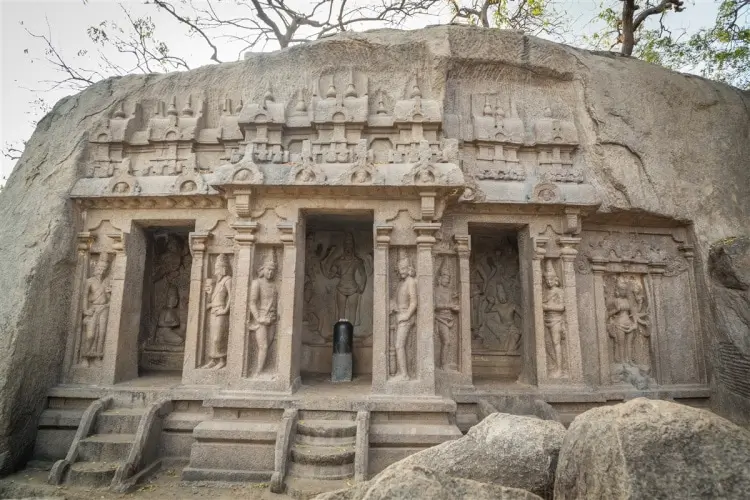
Varaha Perumal Cave Temple
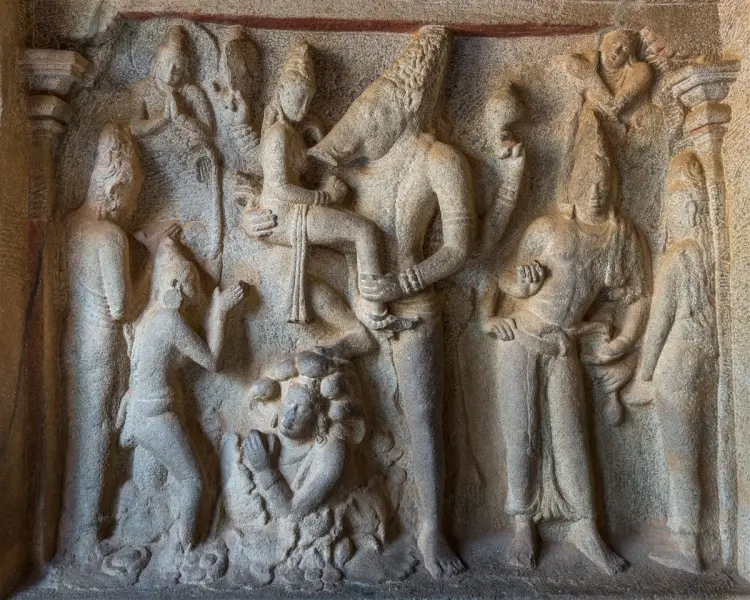
Mahishasuramardini Cave Temple
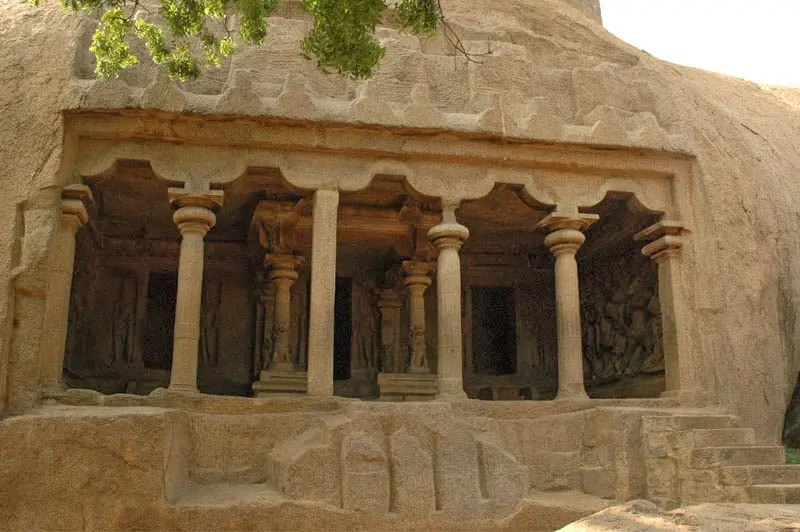
Olakkanneshvara Temple

TIGER CAVE
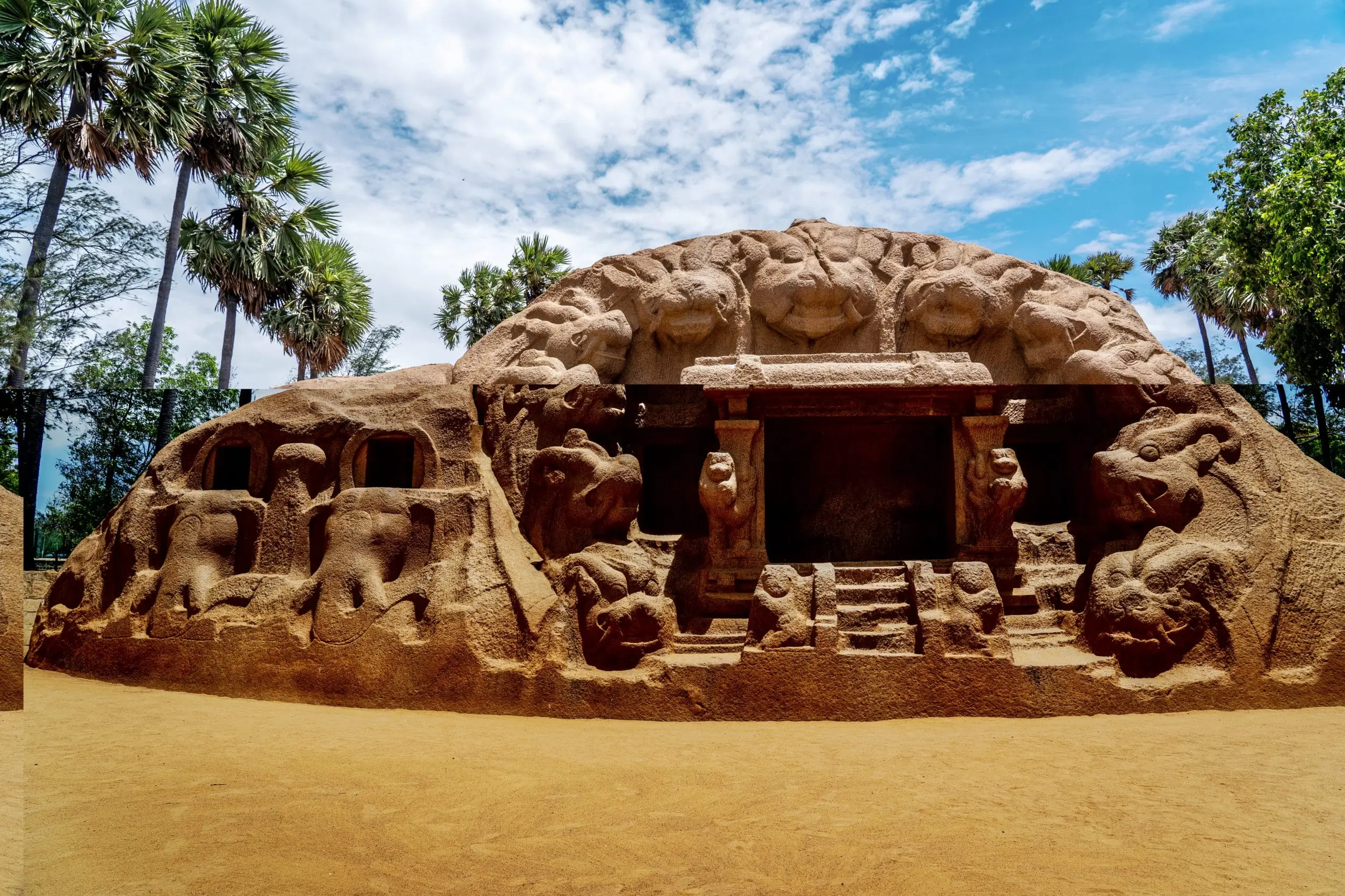
Pancha Rathas
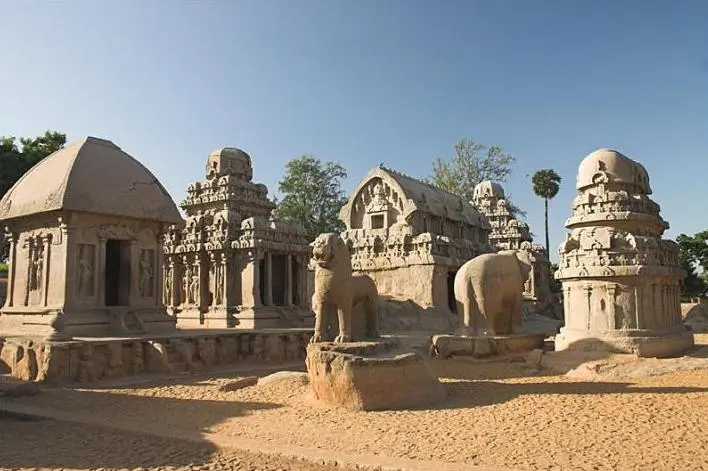
Light House
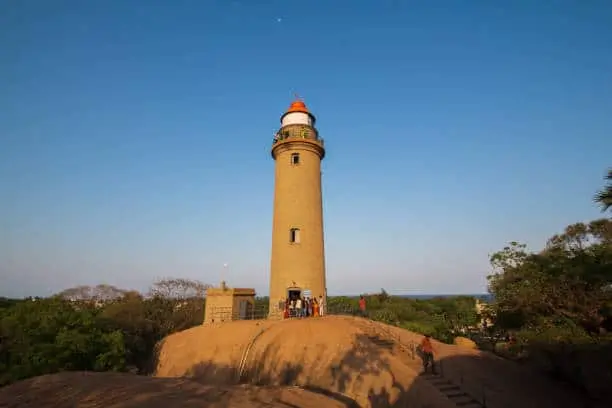
Maritime Heritage Museum
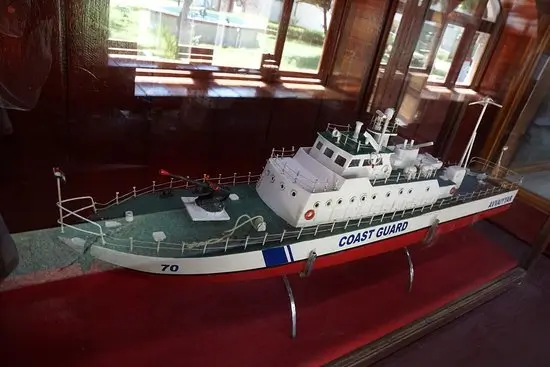
SEASHELL Museum
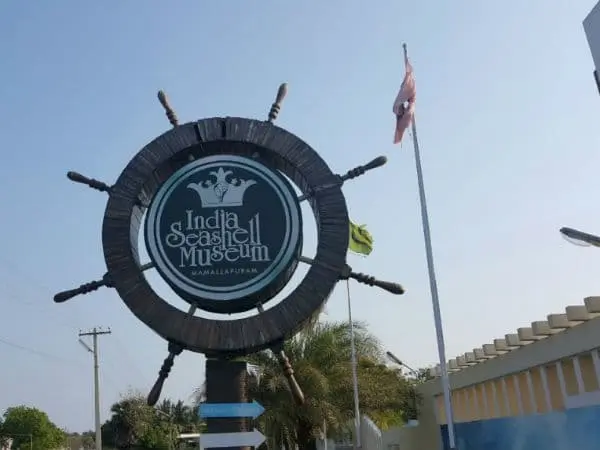
Places To Visit Nearby Mahabalipuram
- Thirukkalikundram is about 14km from Mahabalipuram and there is an ancient Shiva temple with a lofty tower at this place. Nearby is a hill called Vedagiri, 160m high, on the top of which also there is a small Shiva temple.
- Vedanthangal Bird Sanctuary is about 60km away from Mahabalipuram. This is one of the major water bird sanctuaries in India.
Thiruporur is 16km from Mahabalipuram and an ancient temple dedicated to Lord Muruga is located here. There are some historical inscriptions on the walls of the temple as well as some interesting sculptures. - Sadras is 16km away from Mahabalipuram and is an old fishing village on the seashore which was once a Dutch settlement. A massive fort with 14 well-cut tombstones attracts the attention of the visitors to the place.
- Pondicherry is about 95 km from Mahabalipuram, famous for Aurobindo Ashram and also referred to as the ‘French Capital of India’.
Best Time To Visit Mahabalipuram
As this place is situated on the shores of the Bay of Bengal, there will be a moderate and humid climate round the year and the best time to visit this place is during the cooler months of October to March.
Where To Stay
Accommodation
Most of the resorts, hotels, cottages, and homestays offer budget accommodation.
How To Reach
Road
Mahabalipuram has located at a distance of 56 km from Chennai and 95 km from Pondicherry.
Train
There are no direct trains available to reach Mahabalipuram. You can cover a part of your journey by train and the nearest station is Chengalapattu, which is around 30 km. After which one must take a bus or a cab to reach this beautiful place.
AIR
The nearest airport to Mahabalipuram is Chennai. You can drive from Chennai, hire a cab, or take one of the several buses that shuttle between Chennai and Mahabalipuram which can be reached in under two hours by road.
Thank you for visiting my blog and stay tuned for more updates related to ancient history on my website: Ancientterminus




